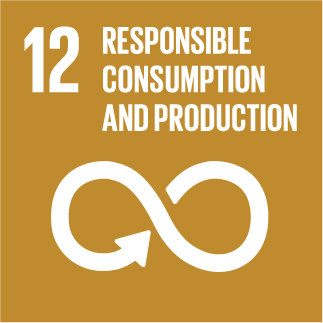Technological watch
Colloidal Chiral Carbon Dots: An Emerging System for Chiroptical Applications
Chiral CDots (c?CDots) not only inherit those merits from CDots, but also exhibit the chiral effects in optical, electric, and bio?properties. Therefore, significant progress is achieved for c?CDots as a result of numerous research efforts carried out. The synthetic strategies of c?CDots, including postfunctionalization of CDots with chiral ligands, and one?pot synthesis. and assembly of CDots with chiral soft templates. Afterward, a clear chiral effect of c?CDots on their applications is elaborated.Chiral CDots (c?CDots) not only inherit those merits from CDots but also exhibit chiral effects in optical, electric, and bio?properties. Therefore, c?CDots have received significant interest from a wide range of research communities including chemistry, physics, biology, and device engineers. They have already made decent progress in terms of synthesis, together with the exploration of their optical properties and applications. In this review, the chiroptical properties and chirality origin in extinction circular dichroism (ECD) and circularly polarized luminescence (CPL) of c?CDots is briefly discussed. Then, the synthetic strategies of c?CDots is summarized, including one?pot synthesis, post?functionalization of CDots with chiral ligands, and assembly of CDots into chiral architectures with soft chiral templates. Afterward, the chiral effects on the applications of c?CDots are elaborated. Research domains such as drug delivery, bio? or chemical sensing, regulation of enzyme?like catalysis, and others are covered. Finally, the perspective on the challenges associated with the synthetic strategies, understanding the origin of chirality, and potential applications is provided. This review not only discusses the latest developments of c?CDots but also helps toward a better understanding of the structure?property relationship along with their respective applications.
















